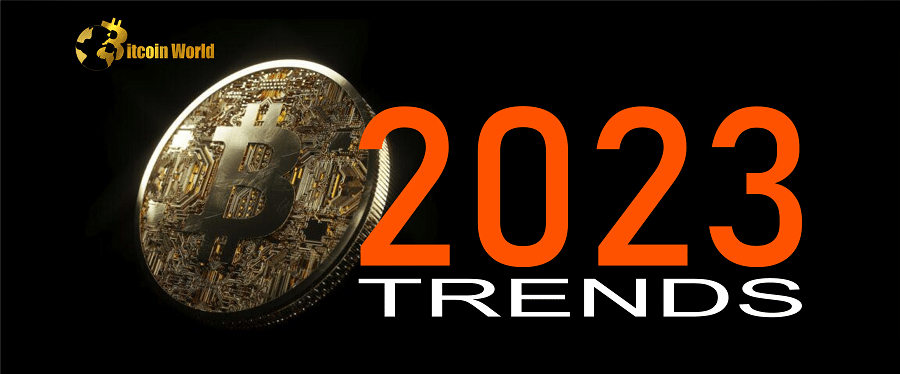We feel it. Cryptocurrencies have had a wild year. Numerous events have occurred, including large altcoins going to zero and crypto exchanges failing. These events have made people wonder if the crypto market will be bullish or bearish in 2023. Let’s look at some new year trends since we can’t predict the future.
The crypto market may recover in 2023. By year’s end, the bear market may have peaked.
Many expect bitcoin to bottom at $10,000 or lower in the first quarter of 2023. Thus, most altcoins could drop 60–80%. This could drop Cardano to 10 cents, offering a buying opportunity or ending its “Ethereum killer” reputation.
In the first quarter of 2019, the Fed is expected to stop raising rates. This may slow the crypto bear market. BTC may bottom at $10,000 or lower. The stock market, which is highly correlated to the crypto market, has yet to bottom and is expected to drop 20-30% more.
BTC could flash crash below $10,000. Due to energy shortages, Mount Gox creditors selling their bitcoin, low liquidity, and liquidations, bitcoin mining may be banned. Avoid centralised exchanges and store your crypto assets in a wallet.
“Not your keys, not your coins” is becoming more relevant in the market.
In 2023, the SEC may target another major crypto project, company, or exchange. The FTX collapse and current events are to blame. Solana’s price has fallen and projects are moving to Polygon, indicating trouble.
While Gary Gensler is SEC chairman, another crackdown is likely. Gensler has until 2026 to damage. He won’t be expelled from the SEC for his close encounters with Sam Bankman-Fried, but that’s another topic.
All cryptocurrencies except BTC are targets. Most crypto exchanges and platforms offer cryptocurrencies other than bitcoin, making them targets. A first-quarter crackdown may cause crypto lows.
Crypto regulations are coming in 2023. Most of these rules are good, but some are bad. Despite global crypto regulations, regional regulations are likely to vary. The FTX collapse may finally prompt needed regulation.
Institutions are wary of crypto, especially altcoins, due to regulatory uncertainty. Thus, rules in the US, EU, and elsewhere could boost crypto inflows in Q1.
Crypto regulations will force decentralisation. Crypto was supposed to be decentralised from top to bottom to avoid many of these regulations.
Most people agree that regulation is good, but some crypto regulations may be very bad. Payments, DeFi, privacy, and self-custody may have the worst regulations. The takeaway is that bad crypto regulations could slow DeFi adoption, but most crypto regulations have left DeFi out as long as the protocols are truly decentralised.
Aave, Maker, Compound, and Uniswap may succeed in 2023 and beyond. Because all these protocols threaten the traditional financial system. Good regulations will help the crypto industry grow, and the bad may not be as bad as we think.
This increase in adoption and capital may allow the crypto industry to lobby to remove bad regulations. Powerful people and institutions want privacy most.
Better front ends, regulatory clarity, increasing liquidity, and proof of resiliency from some DeFi protocols will increase trust in DeFi and decrease trust in centralised crypto entities. Terra Luna and FTX showed the way.
Crypto holders will surge in 2023. Crypto adoption is around 4% worldwide. This isn’t much, but growth has been exponential and there are many reasons why this trend will continue next year. Many platforms have added crypto features.
Facebook and Instagram have tested NFTs on several smart contract cryptocurrencies. Starbucks is developing a Polygon NFT loyalty programme.
Telegram and Signal, free speech-focused social media platforms, have been adding crypto features with TON. Elon Musk stated that Twitter will integrate crypto. These firms have billions of users. A small percentage of users adopting crypto would be significant. Thus 2023 trends, not predictions.














